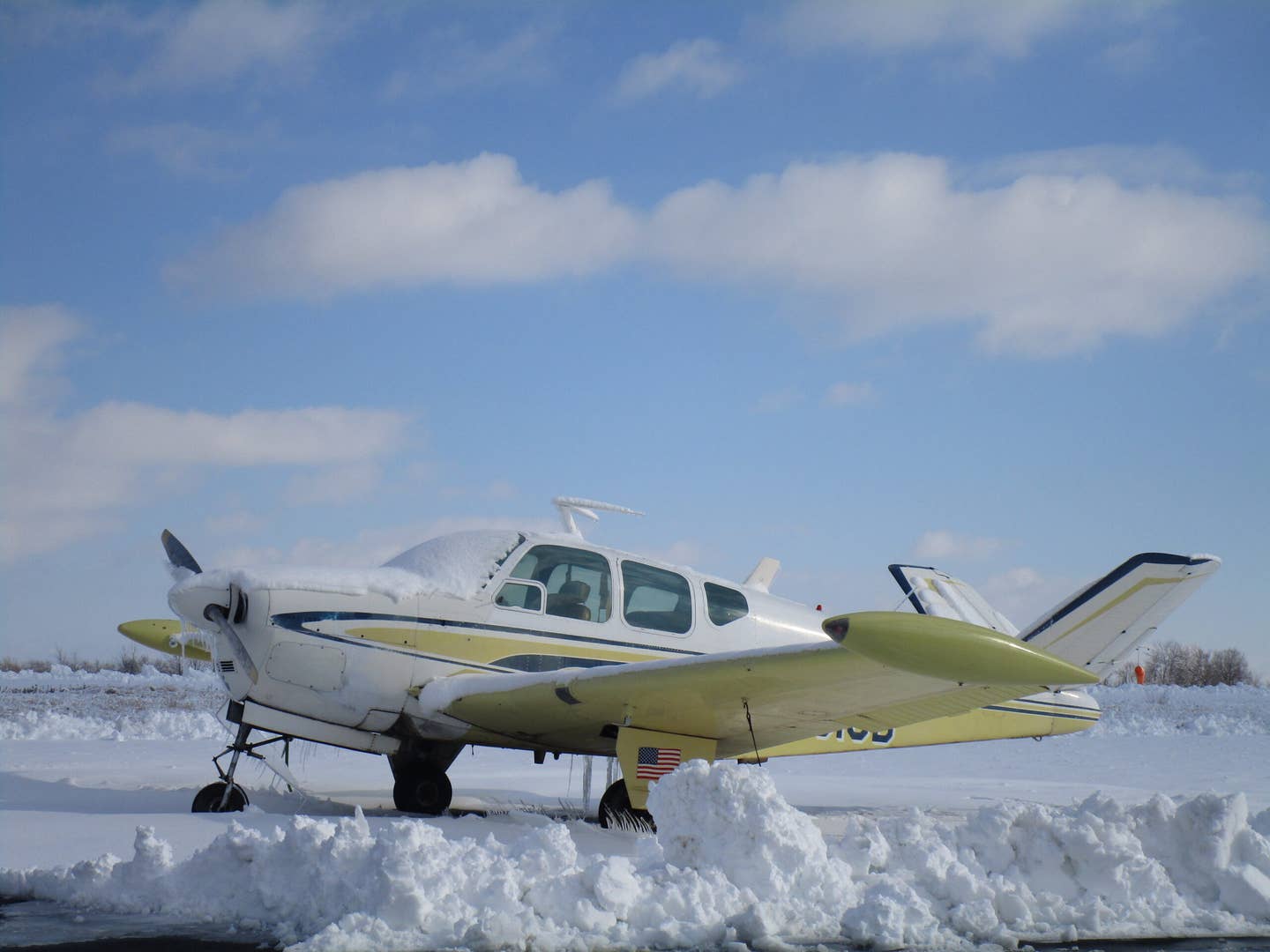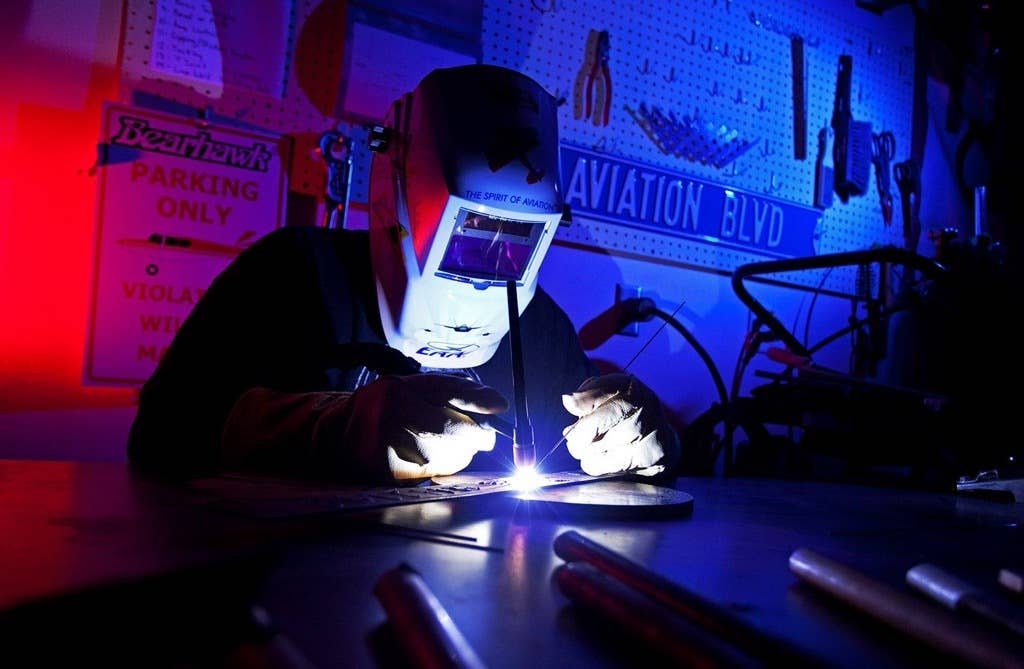The”Cockpit‘s”Days Might Be Numbered, “Manned Drone”Racing Coming Soon, Cool New Dual-Band ADS-B Receiver Hits the Market, and Somebody Gave A Million Bucks to Air & Space!
Plus, advisory committee suggests interesting DPE reforms, all in one pilot snoop’¦, er monitoring, device hits the market, and have we mentioned manned drone flying car racing already?

The Aircraft Electronics Association concluded a successful 2021 gathering in Dallas yesterday. The event had originally been planned for earlier in the year, but AEA postponed because of the pandemic. There was no 2020 event. This year's gathering was lively, with more than 120 companies in attendance, 30 companies presenting at the New Products roundup, and more than 100 hours of training sessions.
Australian company Airspeeder says that the oxymoronic sport of "manned drone racing" is ready to get started after it made a remotely piloted flight of one of the craft in front of Australian aviation authorities. To further confuse the phraseology, Airspeeder called it the first flight of a flying race car. The racing would be done by human pilots.
Avidyne earned FAA STC approval for and announced the immediate availability of its dual-band SkyTrax200 ADS-B-In receiver. Because it's dual-band (1090 and 978), the new unit is ideally configured for the multimodal mélange that is U.S. airspace while also being able to blend both ADS-B and compatible active traffic system targets. The cost is $2,499.
Appareo has introduced a recording system aimed mostly at business and charter flying that will record high definition flight deck video, both pilot and ambient audio and flight data, as well. The system doesn't even need to be hooked up to aircraft systems to do its data gathering thing. All it needs is power and a place in the aircraft to get attached to.
Flexjet donated a million bucks to the National Air & Space Museum. The dough will be used for exhibits highlighting general aviation aircraft, including Sean Tucker's recently donated Oracle Challenger.
The FAA's new anonymous reporting system for FAA employees went live this week. The system was developed in reaction to the FAA's problematic handling of the Boeing 737 Max certification during which FAA personnel had concerns and either didn't share them until after the twin crashes of 737 Max aircraft or whose concerns were voiced but were never acted upon. The Voluntary Safety Reporting System (VSRP) is part of the agency's existing communications network but gives employees the opportunity to share safety concerns with less fear of retribution and with system-wide transparency.
An Aviation Rulemaking Advisory Committee (ARAC) made recommendations to the FAA to reform the management of designated pilot examiners (DPEs). Among other things, the ARAC suggested that DPEs be allowed to do more practical tests in an day---DPE and flight training organization representation on the ARAC was strong. But the committee also recommended a more standardized process for the selection of applicants and for their ongoing evaluation.
The House Infrastructure and Transportation committee has put forth a bill, with bipartisan support, that would shield the FAA from the effects of a government shutdown. A budget impasse in 2018 sent the aviation agency into a protracted tailspin, and the committee members are hoping to avoid a replay if it comes to that.
Iridium announced that its Certus 200 system is operational for several non-aviation uses and will be aviation ready late this year or early next year. The L-band satellite network requires a small antenna and is being marketed to all segments of GA.
Speaking of advisory committees, which we hardly ever do, by the way, a completely separate ARAC called for the FAA to get rid of outmoded terms like "cockpit" and "unmanned" and replace them with gender-neutral terms. When it comes to "manned aviation," the FAA is way behind the times. Just think "Airman's Registry" and "unmanned aerial vehicles," both still in common FAA use today.
SkyDisplay, a division of My-Go-Flight, announced that it had earned STC approval in Cirrus SR22s for its head-up display (HUD). The sub-$30,000 display does most of what the HUDs in commercial aircraft do. Expect lots more approvals in the coming months and years as plane buyers and aircraft manufacturers clamor to get this gear on their planes.

Subscribe to Our Newsletter
Get the latest Plane & Pilot Magazine stories delivered directly to your inbox






